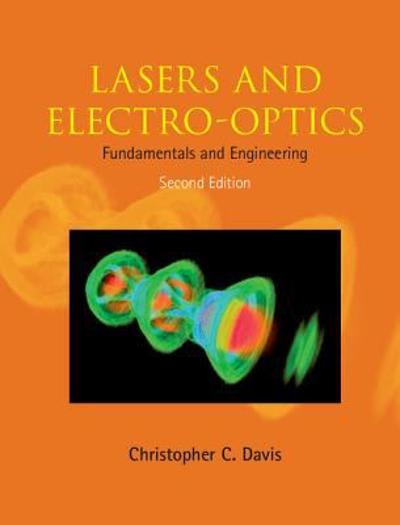please answer number 8-14 w explanation on seperate sheet of paper
8. (a) What is the current going through a light bulb with a resistance of 2 {l when connected to a 3-volt battery? (b) What voltage is required to produce a 6-amp current in a light bulb with a resistance of 5 07 9. A 60-watt light bulb shines at full power when it is connected to a constant power supply producing 100 V. What current is flowing in the bulb? 10. A watchman's flashlight requires 5 alkaline D batteries in series to operate. Each alkaline battery provides 1.5 V of voltage. If he switches to a flashlight that uses rechargeable nickel- metal-hydride batteries (that each provide 1.25 V of voltage), how many NiMH D cells will be required to power the same flashlight bulb? 11. The batteries in the three circuits shown below are all 5-volt batteries and the resis- tors are 50-ohm resistors. How much current will flow through the resistor in each of the cases shown? 12. For each arrangement of resistors, find the equivalent resistance. In other words, what single resistor would offer the same obstacle to the flow of current? 80 40 a0 W m 240 40 40 (a) (b) 13. The circuit at right contains 4 identical bulbs, each has a resistance of 5 . The battery in the circuit is 16 V. a. What is the equivalent resistance in this circuit? b. Whatis the current I? . What is the voltage difference when the current flow through light bulb D? d. What is the voltage difference when the current flow through light bulb B? . What are the current /5, and [,? Two very large metal plates are separated by a distance 80 cm and connected to a 6000-V power supply as shown. A gun fires an electron through a hole in the positive plate. (OK, this is silly. There are such things as electron guns, but they do not look like this.) We find that the electron barely reaches point A, just halfway between the plates, before it stops and turns around. a) Sketch field lines to represent the electric field everywhere that a field exists. b) Find the electric field at point A. ) Find the initial velocity of the electron as it enters the region between the plates. d) The right plate is now moved closer so that the distance between the plates is only 40 cm. If the gun fires the electron the same as before, will the electron reach the nega- tive plate? Explain why or why not







